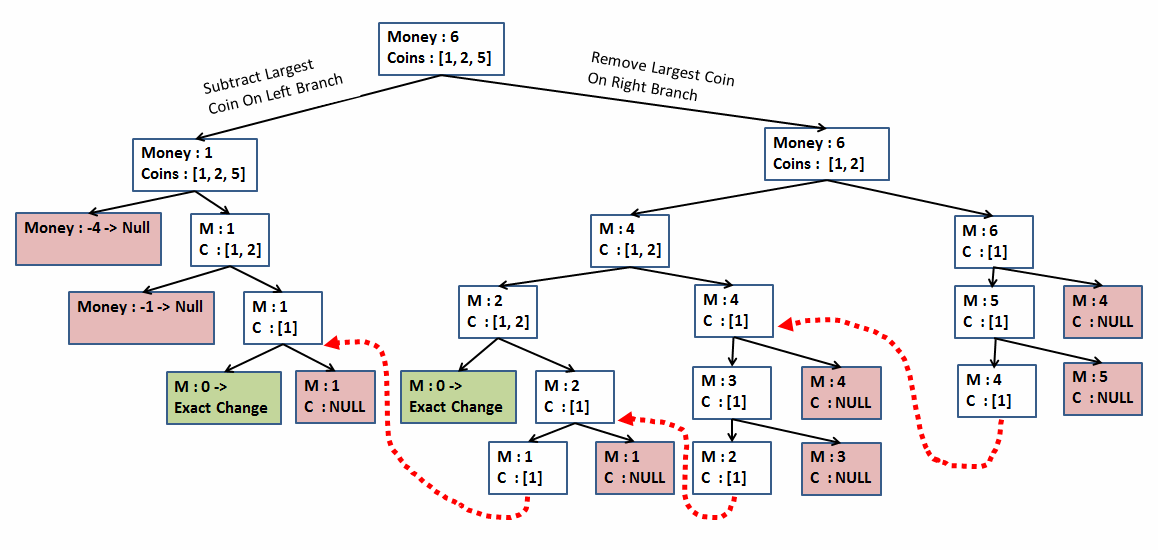

- Namechanger recursive how to#
- Namechanger recursive pdf#
- Namechanger recursive full#
- Namechanger recursive windows#
Namechanger recursive windows#
Windows automatically selects the filename so that anything you type will replace the existing name.
Namechanger recursive how to#
How to change extension of multiple files at once using File ExplorerĬhange file extension for one file in Windows 10: Change extension of multiple files using Bulk Rename Tools.How to Handling names with white spaces.How to Add prefix to file names in batch.Bonus Solution to play with the file names.Change extension of multiple files at once using PowerShell.How to create a batch to rename file extensions in bulk.

Recursively batch rename file extensions.How to rename a file extension keeping the original.How to rename a single file extension with the move command.How to rename the single file extension.Batch rename file extensions in bulk from CMD.How to change extension of multiple files at once using File Explorer.With a “.exe” file and other file extensions, you may need to use a program to create the file. If you want to change the file type, you need to convert the file. For example, you cannot rename a file with a “.txt” extension to a “.png” and make it an image. You need to know before making any change that you cannot rename a file extension and change the type of a file. Remove the tick (checkmark) beside ‘Hide extensions for known file types’ and click OK.Press Alt+T+O (that’s the letter O, not a zero) to open the Folder Options dialog box.You’re can change filenames as you need, but you need to know before changing file extensions because Windows uses the extension to figure out which program should be used to open a file.īy default the extension on windows explorer is disabled and you cannot see it if you don’t change the below settings:
Namechanger recursive pdf#
The filename is a descriptive label the extension indicates the type of file you’re dealing with – PNG for an image, MP4 for a video file, DOC or DOCX for Word documents, PDF for an Adobe Reader file, and so on.
Namechanger recursive full#
They are separated by a full stop (a period). This is a common requirement when installing WordPress, Magento and other CMS or blogging platforms.Windows Filenames are created from two parts, a filename, and an extension. In this article, we have learnt how to recursively change ownership of directory & files. Otherwise, you may end up changing ownership of unnecessary files & folders, causing some of your applications to stop working. Please note, if you have multiple target files & folders whose ownership you want to change, then it is advisable to use command like find or ls to get a proper list of files & subfolders that you need to update. $ chown -R www-data:root /var/www/html/wordpress Here is an example to change user and group ownership of /var/www/html/wordpress to www-data and root respectively. If you want to recursively change owner as well as group for a folder, then mention the username & group separated by colon.


$ chown -R www-data /var/www/html/wordpress /home/data /etc/data Here is the command to change ownership of three folders. Here is an example to change ownership of files & subdirectories in folder /var/www/html/wordpress to www-data $ chown -R www-data /var/www/html/wordpress You can change directory ownership recursively using -R option, followed by the locations of folders whose ownership you want to change, in a space-separated manner. Here are the steps to recursively change directory owner in Linux. How to Recursively Change Directory Owner in Linux In this article, we will look at how to recursively change directory owner in Linux. You can easily change directory ownership using chown command. If all the subdirectories and files in the installed directory don’t have the appropriate owner, then your website may not work properly. This is required especially if you are installing a web server or CMS such as WordPress, Magento, Joomla, etc on your server. Sometimes you may need to recursively change directory owner in Linux.


 0 kommentar(er)
0 kommentar(er)
